Home>Garden Essentials>How Can Development Of Green Space In A Neighborhood Be Prevented
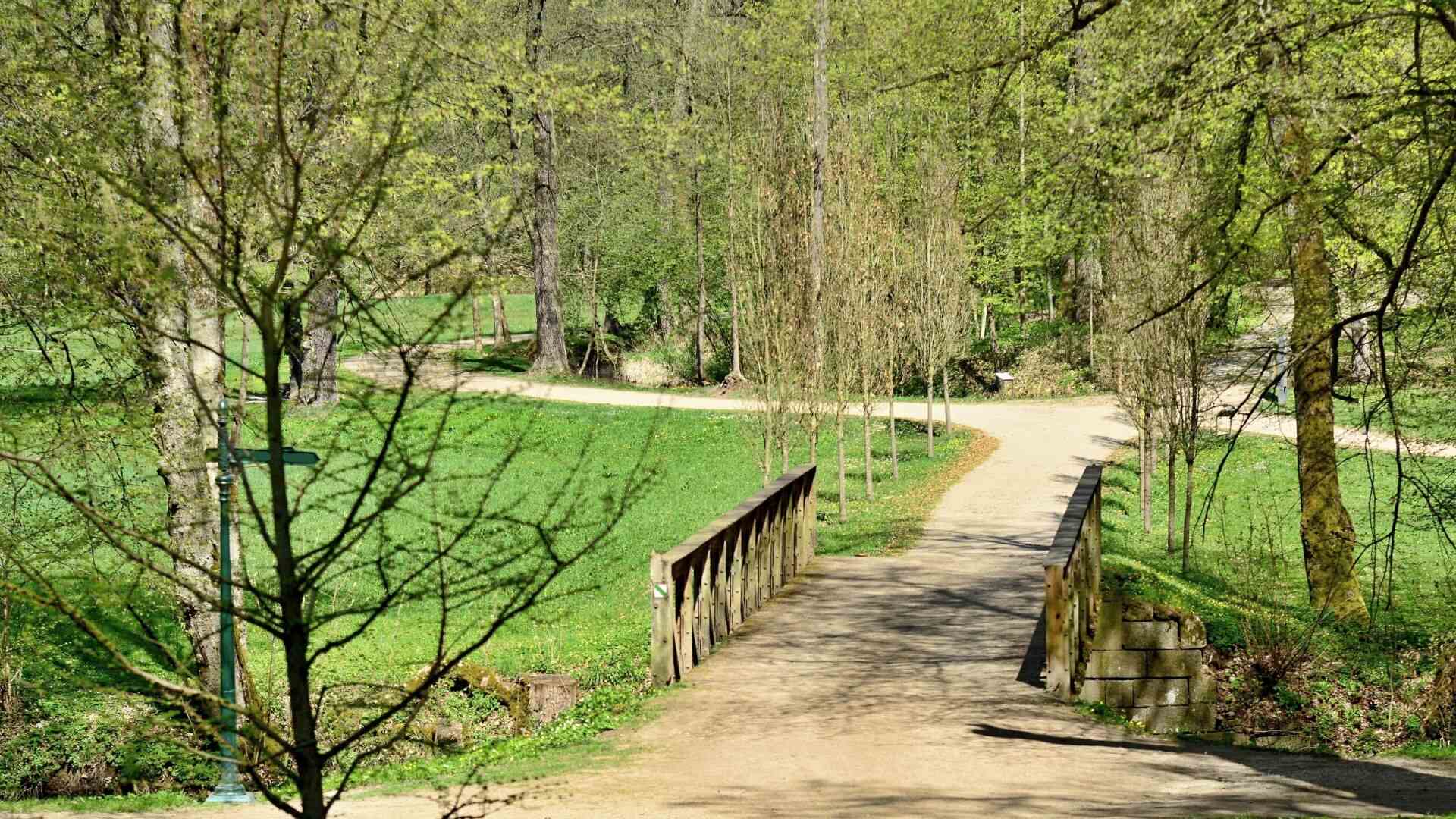

Garden Essentials
How Can Development Of Green Space In A Neighborhood Be Prevented
Modified: March 7, 2024
Prevent the development of green space in your neighborhood with smart gardening strategies. Learn how to protect and preserve gardens for a greener community.
(Many of the links in this article redirect to a specific reviewed product. Your purchase of these products through affiliate links helps to generate commission for Storables.com, at no extra cost. Learn more)
Introduction
Green spaces, such as parks and gardens, play a vital role in enhancing the quality of life in neighborhoods. They provide a tranquil escape from the bustling city life, improve mental and physical health, and foster a sense of community. However, the development of green spaces is at risk due to urbanization and rapid population growth. This poses a significant challenge as it can negatively impact the environment, biodiversity, and the overall well-being of residents.
In this article, we will explore the reasons for preventing green space development and the negative effects it can have. We will also discuss the challenges involved in preventing such development and provide strategies to mitigate its impact. By understanding the importance of preserving green spaces and implementing effective strategies, we can ensure that neighborhoods continue to enjoy the benefits of lush and vibrant environments.
Now, let’s delve deeper into why preventing the development of green space is of utmost importance.
Key Takeaways:
- Protecting green spaces is crucial for our health, environment, and community. It helps maintain biodiversity, improve air quality, and create beautiful, valuable neighborhoods.
- Challenges like urbanization and economic interests make it tough, but strategies like urban planning, community involvement, and conservation easements can help preserve green spaces for everyone to enjoy.
Read more: How To Prevent Green Algae On A Patio
Reasons for Preventing Green Space Development
Preserving green spaces in neighborhoods is crucial for several reasons. Let’s explore some key reasons why preventing the development of green spaces is essential:
- Environmental Sustainability: Green spaces contribute to environmental sustainability by providing essential ecosystem services. They help regulate temperature, improve air quality, reduce noise pollution, and mitigate the effects of climate change. By preventing their development, we can protect and preserve these valuable environmental assets.
- Biodiversity Conservation: Green spaces often serve as habitats for diverse plant and animal species. They provide vital food and shelter, support pollinators, and maintain ecological balance. Preventing their development ensures the preservation of biodiversity, which is essential for a healthy and resilient ecosystem.
- Health and Well-being: Green spaces have a significant impact on the physical and mental well-being of individuals. They offer opportunities for outdoor activities, exercise, and relaxation, improving physical fitness and reducing stress levels. Preserving green spaces ensures that residents have access to these benefits and can lead healthier lifestyles.
- Community Engagement: Green spaces act as social hubs, bringing communities together and fostering social interactions. They provide spaces for recreational activities, gatherings, and events, creating a sense of belonging and community cohesion. Preventing the development of green spaces nurtures community engagement and strengthens social connections.
- Aesthetic Appeal and Property Values: Green spaces enhance the visual appeal of neighborhoods, making them more attractive and desirable places to live. Well-maintained parks and gardens increase property values, benefiting homeowners and contributing to the overall economic value of the area. Preventing green space development maintains the aesthetic integrity and value of the neighborhood.
By considering these reasons, it becomes evident that preventing the development of green spaces is essential for a sustainable and thriving neighborhood. It ensures the preservation of the environment, promotes biodiversity, improves health and well-being, fosters community engagement, and enhances the overall aesthetic value of the area.
Negative Effects of Green Space Development
While green spaces offer numerous benefits, the development of these areas can have detrimental effects on both the environment and the well-being of residents. Let’s explore some of the negative impacts of green space development:
- Loss of Natural Habitat: Green space development often involves clearing vegetation and altering the natural landscape. This results in the loss of habitat for various plant and animal species, leading to a decline in biodiversity and ecological disruption.
- Increased Environmental Pollution: The construction and maintenance of built structures in green spaces can contribute to increased pollution. Stormwater runoff, noise pollution, air pollution from construction activities, and the use of synthetic fertilizers and pesticides can all have negative environmental impacts.
- Reduced Air Quality: Green spaces help improve air quality by absorbing pollutants and releasing oxygen. However, when these spaces are developed, the capacity to filter and purify the air diminishes, leading to decreased air quality in the surrounding area.
- Loss of Recreational Opportunities: Green spaces provide valuable recreational opportunities for residents, such as walking, jogging, picnicking, and playing sports. The development of these areas reduces available space for these activities, limiting recreational opportunities and negatively affecting the overall well-being of the community.
- Impacts on Mental Health: Access to green spaces has been linked to improved mental health, reduced stress levels, and enhanced overall well-being. When green spaces are developed or eliminated, residents may experience increased feelings of stress, anxiety, and reduced connection with nature.
- Urban Heat Island Effect: Green spaces help mitigate the urban heat island effect by providing shade, reducing surface temperatures, and cooling the surrounding area. Development leads to the loss of green cover, contributing to higher temperatures and exacerbating heat-related issues in urban environments.
Understanding the negative effects of green space development highlights the importance of preventing such development whenever possible. By doing so, we can mitigate the environmental impacts, preserve biodiversity, maintain air quality, safeguard recreational opportunities, and support the mental and physical well-being of residents.
Engage with local government and community organizations to advocate for zoning regulations that protect green spaces from development. This can include creating green belts, conservation easements, and community gardens.
Challenges in Preventing Green Space Development
While it is crucial to prevent the development of green spaces, there are several challenges that make this task complex. Let’s explore some of the key challenges involved in preserving green spaces:
- Urbanization and Population Growth: Rapid urbanization and population growth put pressure on available land, leading to increased demand for development. Balancing the need for urban expansion with the preservation of green spaces becomes a challenge as cities strive to accommodate growing populations.
- Economic Considerations: Green space development often presents lucrative economic opportunities for investors and developers. The financial gain associated with commercial and residential projects can overshadow the environmental and social benefits of preserving green spaces, making it challenging to prioritize conservation efforts.
- Lack of Planning and Policies: Inadequate urban planning and the absence of comprehensive policies for green space protection pose challenges in preventing their development. Without proper guidelines and frameworks in place, green spaces may be overlooked or undervalued in favor of other development projects.
- Land Ownership and Fragmentation: Green spaces are often fragmented, divided into multiple ownerships, making it challenging to implement cohesive preservation strategies. Obtaining the necessary land rights and coordinating with different stakeholders can be complex and time-consuming.
- Public Awareness and Participation: Engaging the public and raising awareness about the importance of green spaces is crucial in preventing their development. However, lack of awareness and participation can hinder efforts to garner support and mobilize the community in favor of green space preservation.
- Political Priorities and Pressures: Political priorities and conflicting interests can influence decision-making processes regarding green space development. The priorities of elected officials, budgetary constraints, and the influence of various interest groups can complicate efforts to prioritize green space preservation.
Addressing these challenges requires a multi-faceted approach that involves collaboration between government authorities, community organizations, and residents. It entails developing robust urban planning strategies, implementing comprehensive policies, fostering public engagement, and creating incentives for green space preservation.
By understanding and overcoming these challenges, we can actively work towards preventing green space development and preserving these valuable natural assets for the benefit of current and future generations.
Strategies for Preventing Green Space Development
To effectively prevent the development of green spaces and ensure their long-term preservation, various strategies can be employed. Here are some key strategies to consider:
- Comprehensive Urban Planning: Implementing comprehensive urban planning that prioritizes green space preservation is crucial. This involves designing and implementing zoning regulations that safeguard designated green spaces and encourage sustainable development practices.
- Establishing Protected Areas: Identifying and designating specific areas as protected green spaces can help ensure their preservation. These areas can include parks, nature reserves, and protected ecosystems, which are legally safeguarded from development.
- Creating Green Corridors: Establishing green corridors and linkages between existing green spaces enhances their connectivity, biodiversity, and ecological functionality. This strategy ensures a continuous network of green spaces, providing a seamless habitat for wildlife and recreational opportunities for residents.
- Collaboration with Developers: Engaging with developers and encouraging them to incorporate green spaces into their projects is important. This can be achieved through the implementation of green building standards, such as requiring developers to allocate a certain percentage of their land for green spaces or rooftop gardens.
- Community Involvement: Educating and engaging the local community in green space preservation efforts is paramount. Establishing community groups or organizations dedicated to the care and maintenance of green spaces encourages active participation and fosters a sense of ownership and pride within the community.
- Public Awareness Campaigns: Raising awareness about the importance of green spaces through public campaigns can help garner support for their preservation. Educating the public about the benefits of green spaces for health, environment, and community well-being creates a sense of urgency and a collective understanding of their value.
- Green Infrastructure Development: Incorporating green infrastructure elements, such as green roofs, rain gardens, and permeable pavements, into urban design can help mitigate the need for additional green space development. These features provide ecosystem services and enhance the overall sustainability of the built environment.
- Conservation Easements: Implementing conservation easements is another effective strategy. These legal agreements between landowners and conservation organizations limit the development rights of the land, preserving it for its ecological or scenic value.
By employing these strategies, stakeholders can work towards preventing green space development and ensuring the long-term preservation of these valuable natural areas. It requires a collaborative effort between government bodies, developers, community organizations, and residents to prioritize the protection of green spaces and create sustainable, livable neighborhoods.
Read more: How To Prevent Mold In Closet
Conclusion
Preserving green spaces in neighborhoods is vital for the well-being of communities and the environment. These areas offer numerous benefits, including improved mental and physical health, biodiversity conservation, and enhanced community engagement. However, the development of green spaces poses significant challenges, driven by urbanization, economic considerations, and inadequate planning.
To overcome these challenges and prevent green space development, it is essential to implement effective strategies. This includes comprehensive urban planning, the establishment of protected areas, the creation of green corridors, collaboration with developers, community involvement, public awareness campaigns, green infrastructure development, and the use of conservation easements. By incorporating these strategies, stakeholders can protect and preserve green spaces for the benefit of present and future generations.
It is crucial for government authorities, community organizations, and residents to work together and prioritize the preservation of green spaces. This requires a commitment to sustainable development practices, the allocation of resources, and the implementation of clear policies that prioritize the protection of green spaces.
By preventing green space development, we can ensure the environmental sustainability of our neighborhoods, maintain biodiversity, improve air quality, and provide opportunities for recreational activities and community gatherings. Additionally, preserving green spaces enhances the aesthetic appeal of our surroundings and contributes to higher property values.
As we move towards a more urbanized world, it is imperative that we recognize the importance of green spaces and take proactive measures to preserve them. By doing so, we can create vibrant, resilient, and sustainable neighborhoods that promote the health and well-being of individuals and foster a stronger sense of community.
Frequently Asked Questions about How Can Development Of Green Space In A Neighborhood Be Prevented
Was this page helpful?
At Storables.com, we guarantee accurate and reliable information. Our content, validated by Expert Board Contributors, is crafted following stringent Editorial Policies. We're committed to providing you with well-researched, expert-backed insights for all your informational needs.
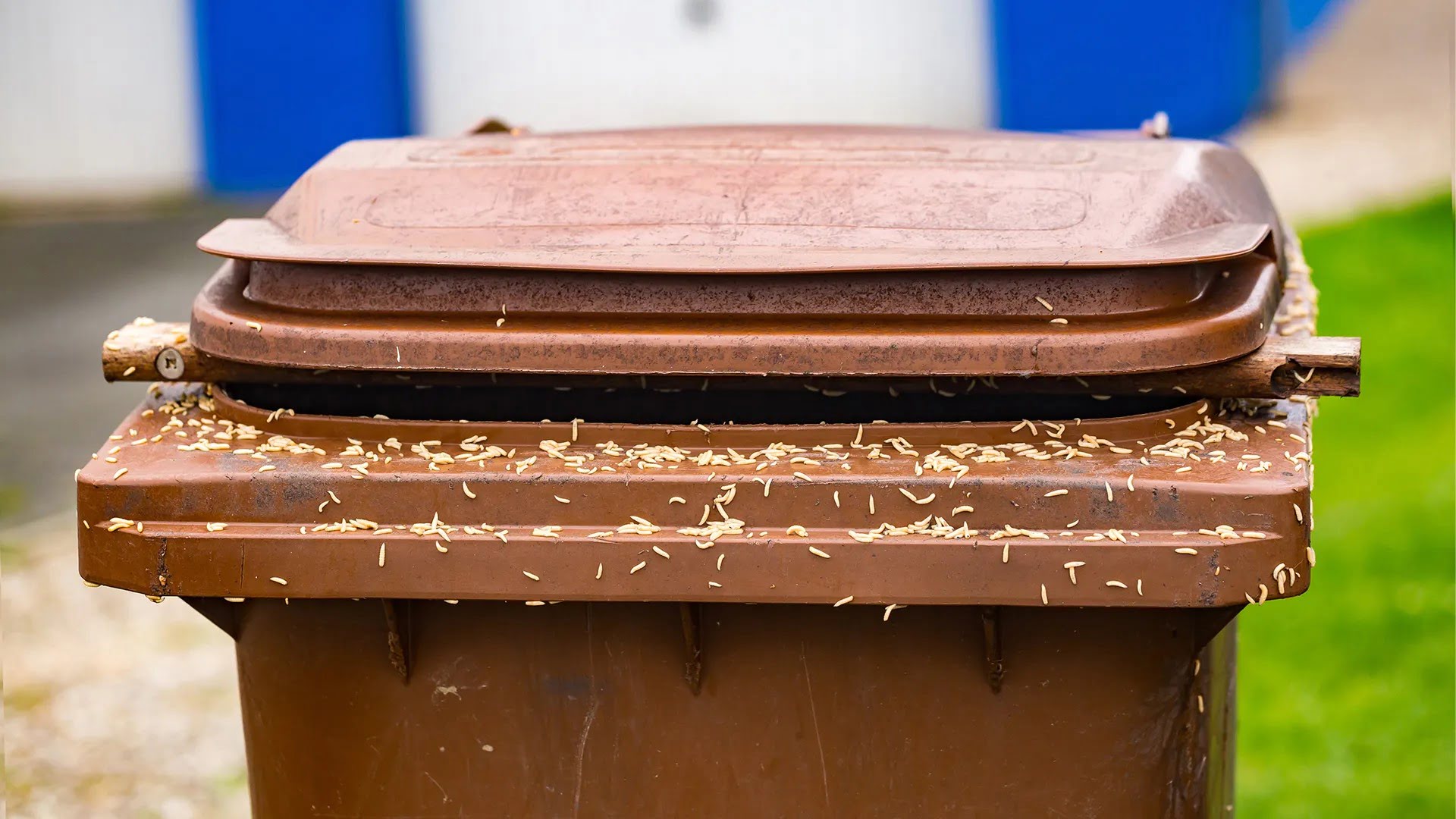

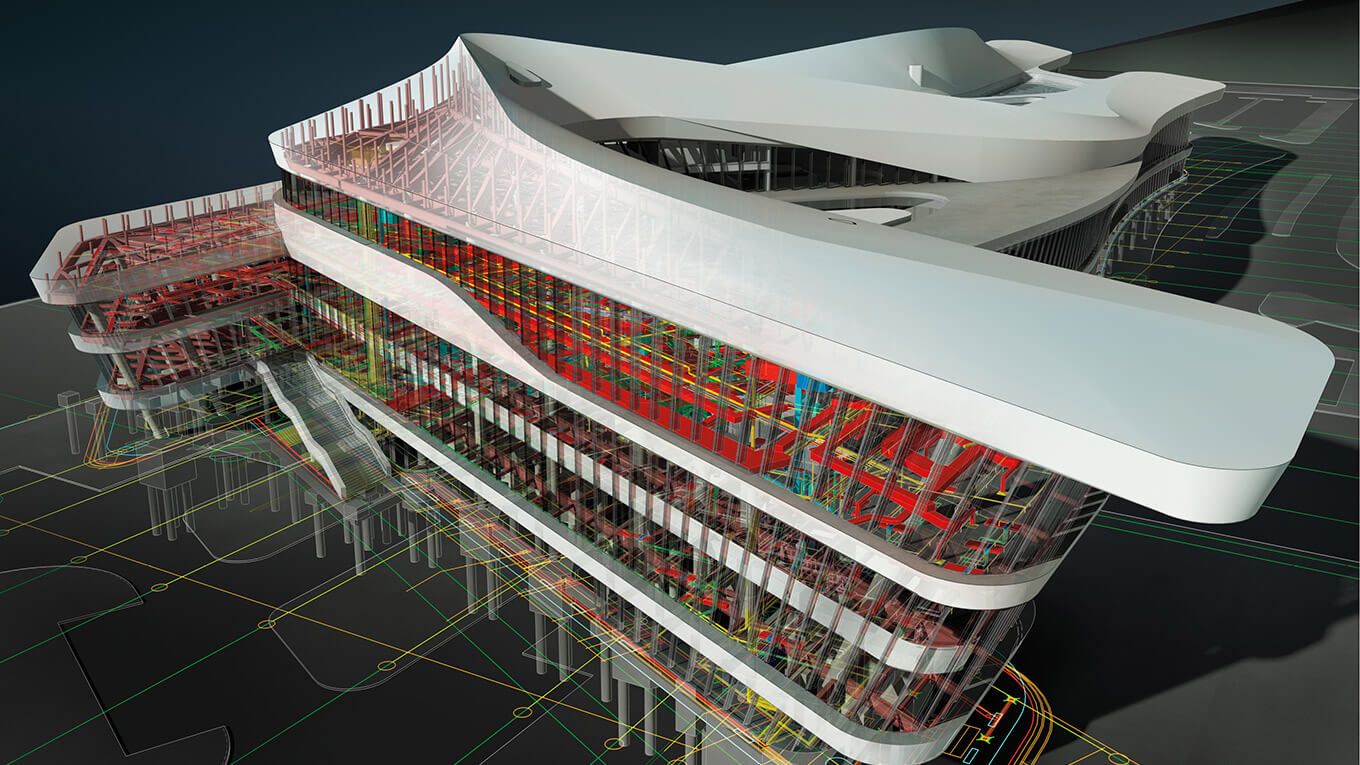

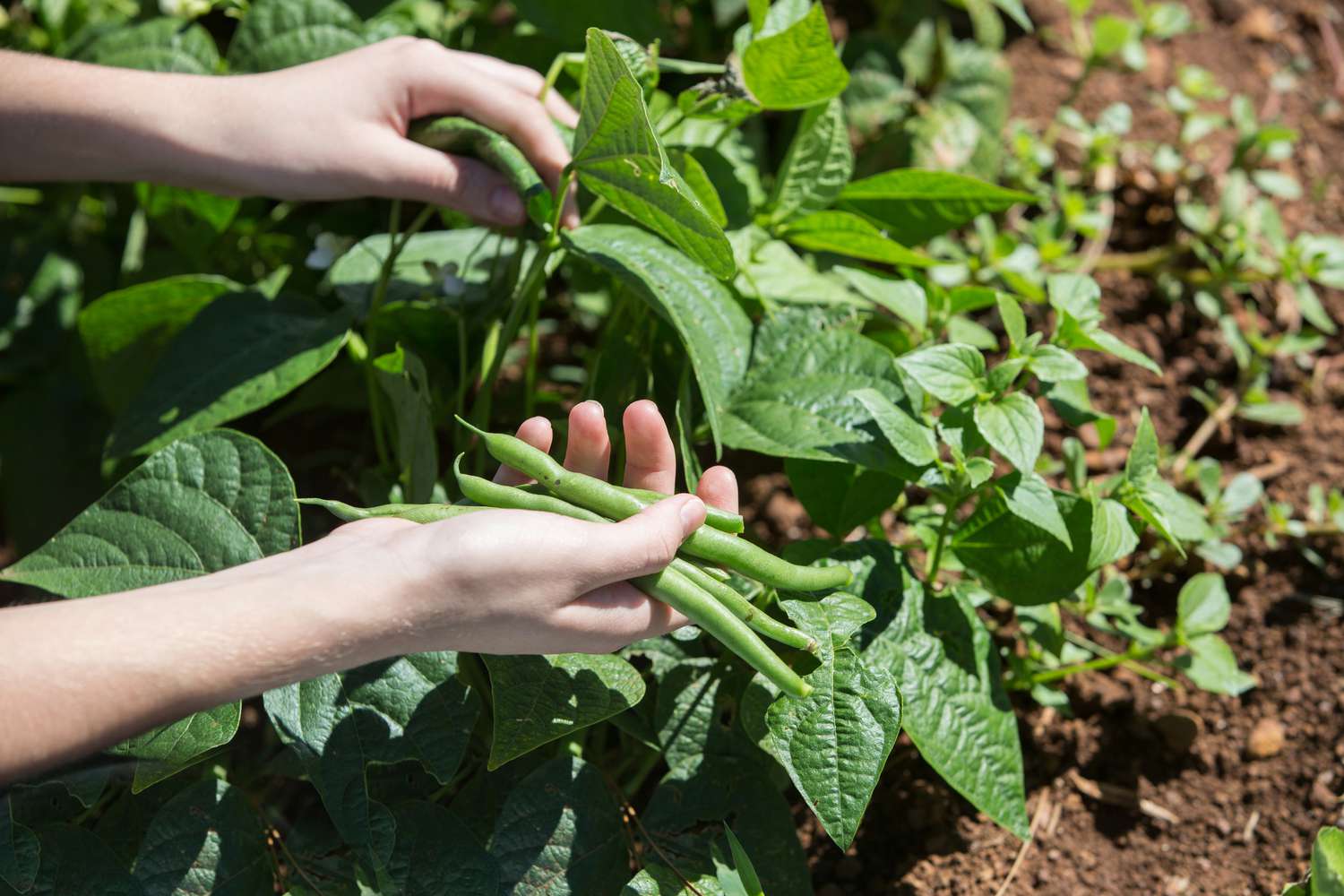
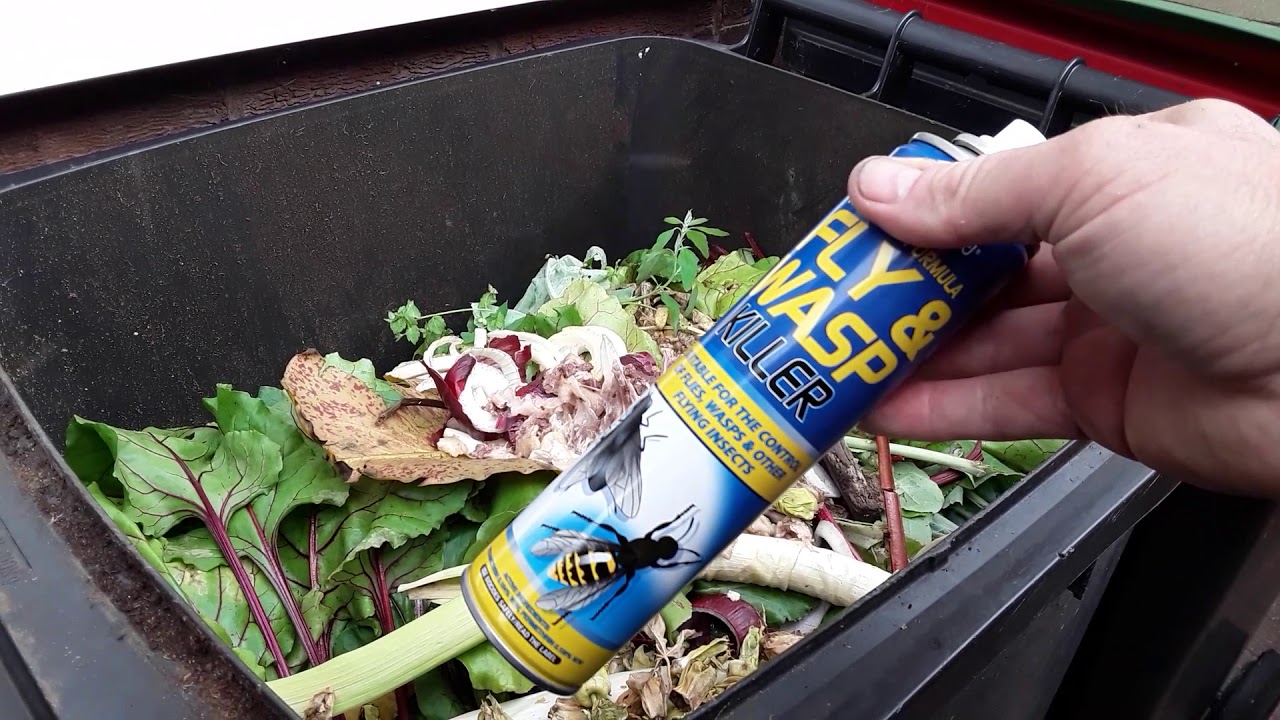
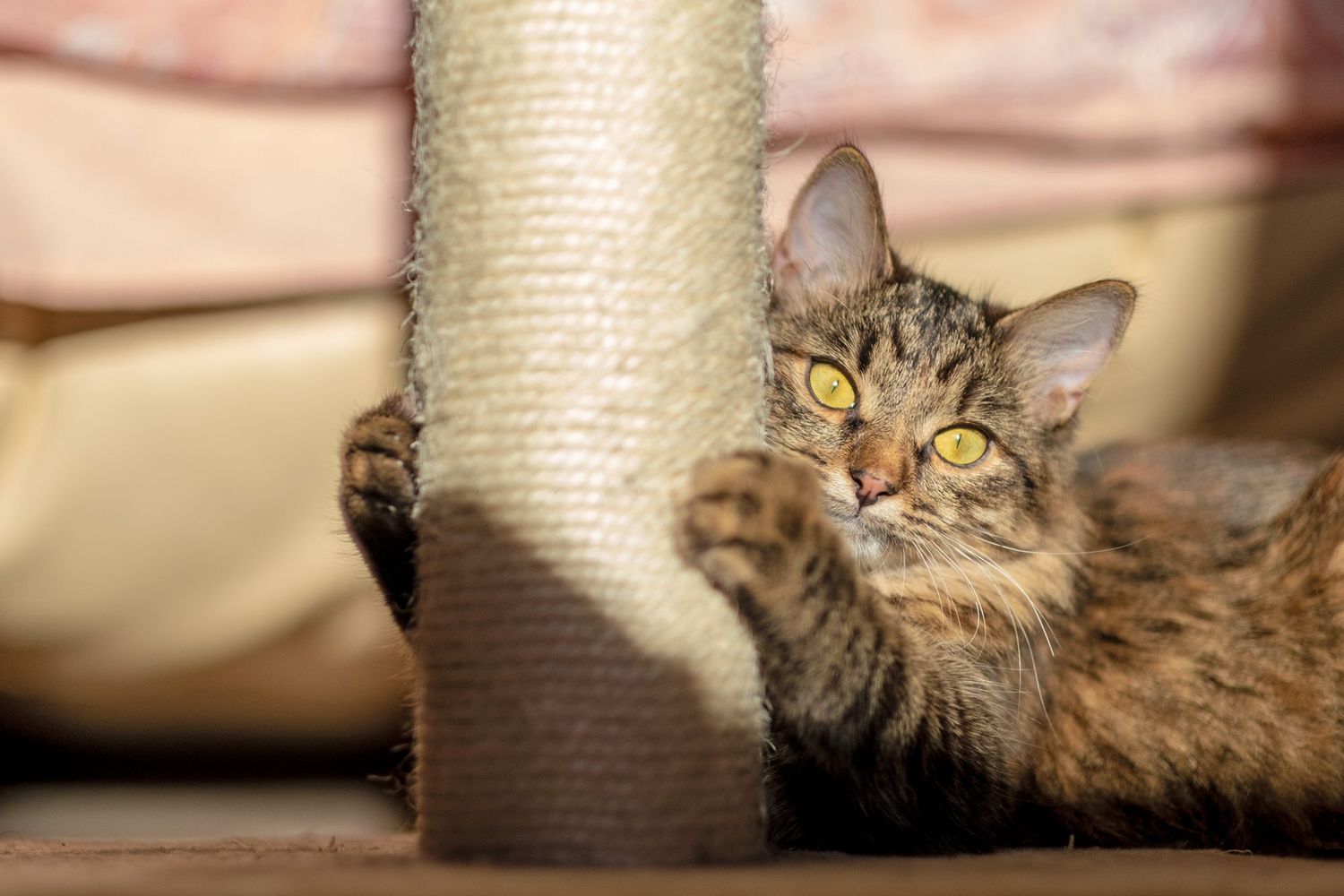

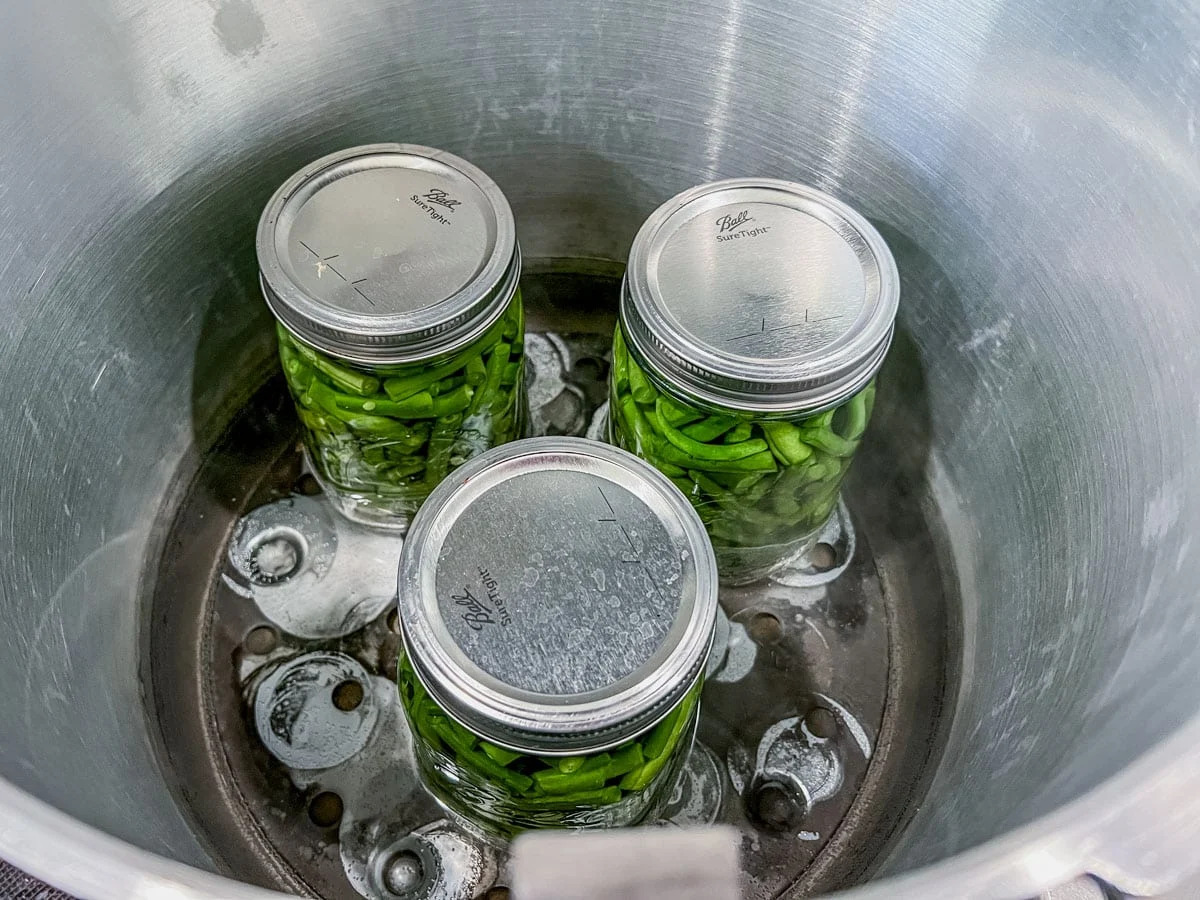
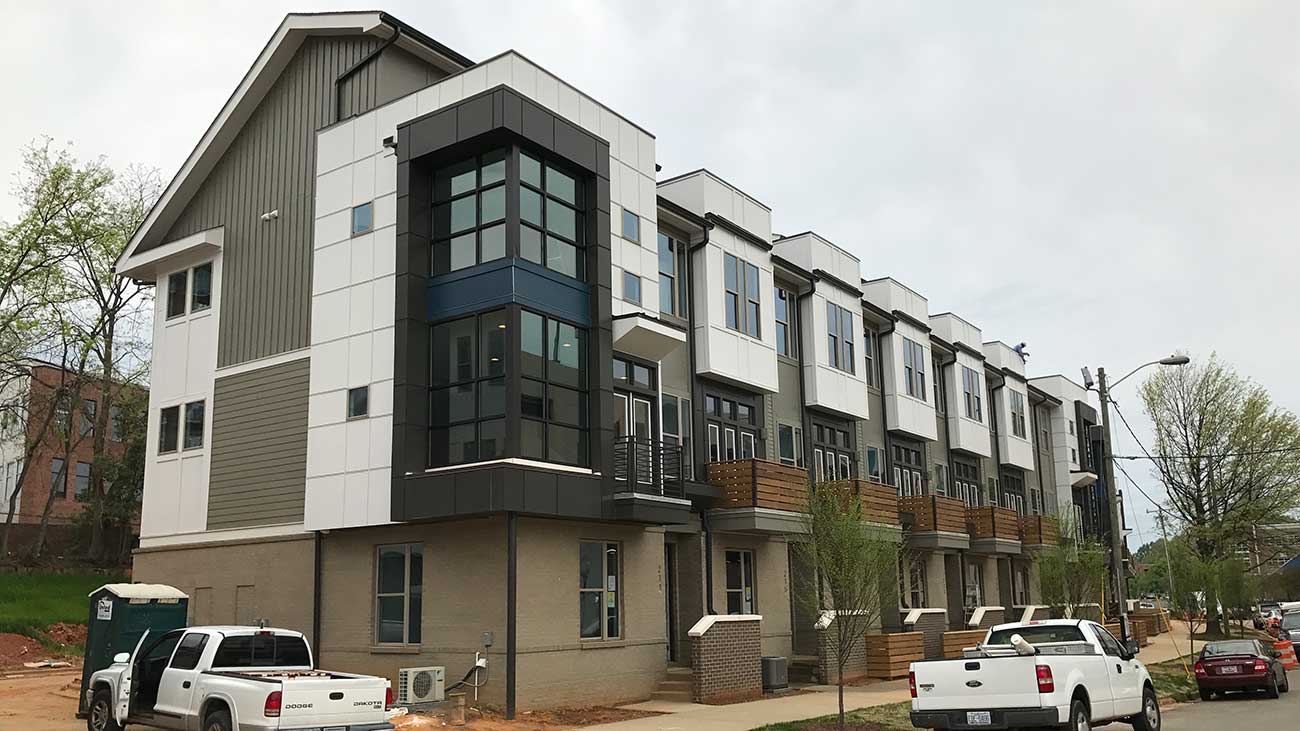

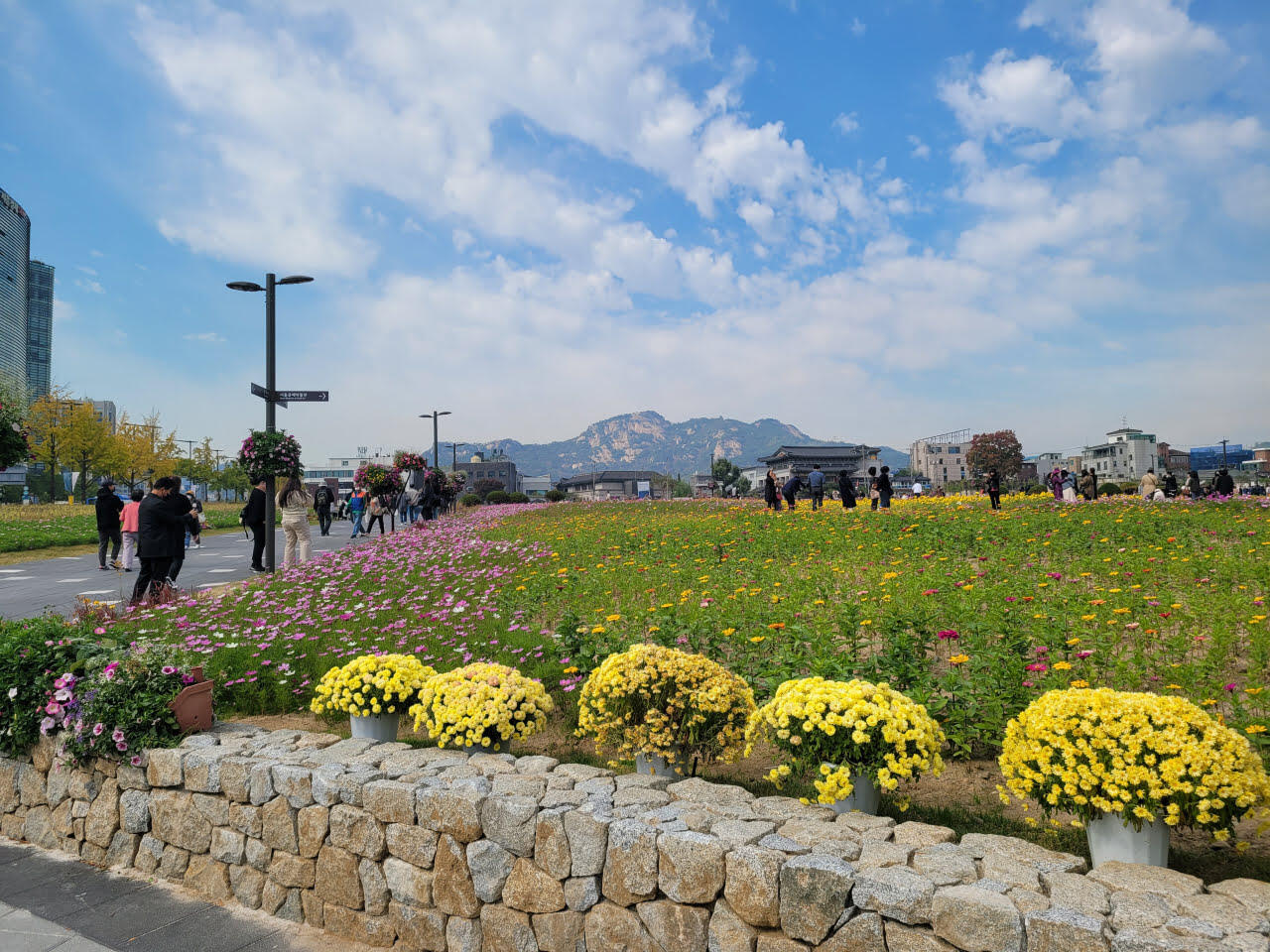
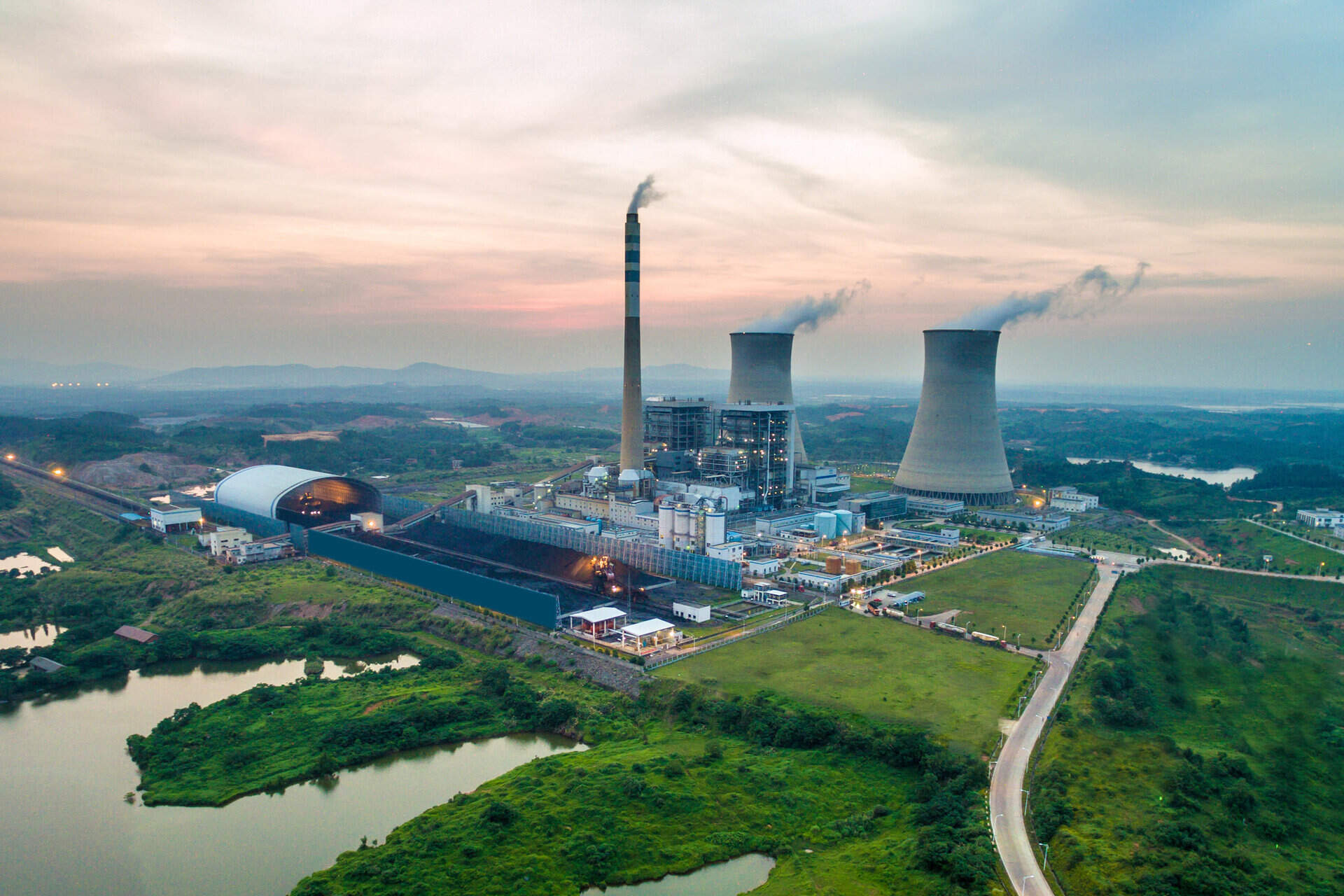
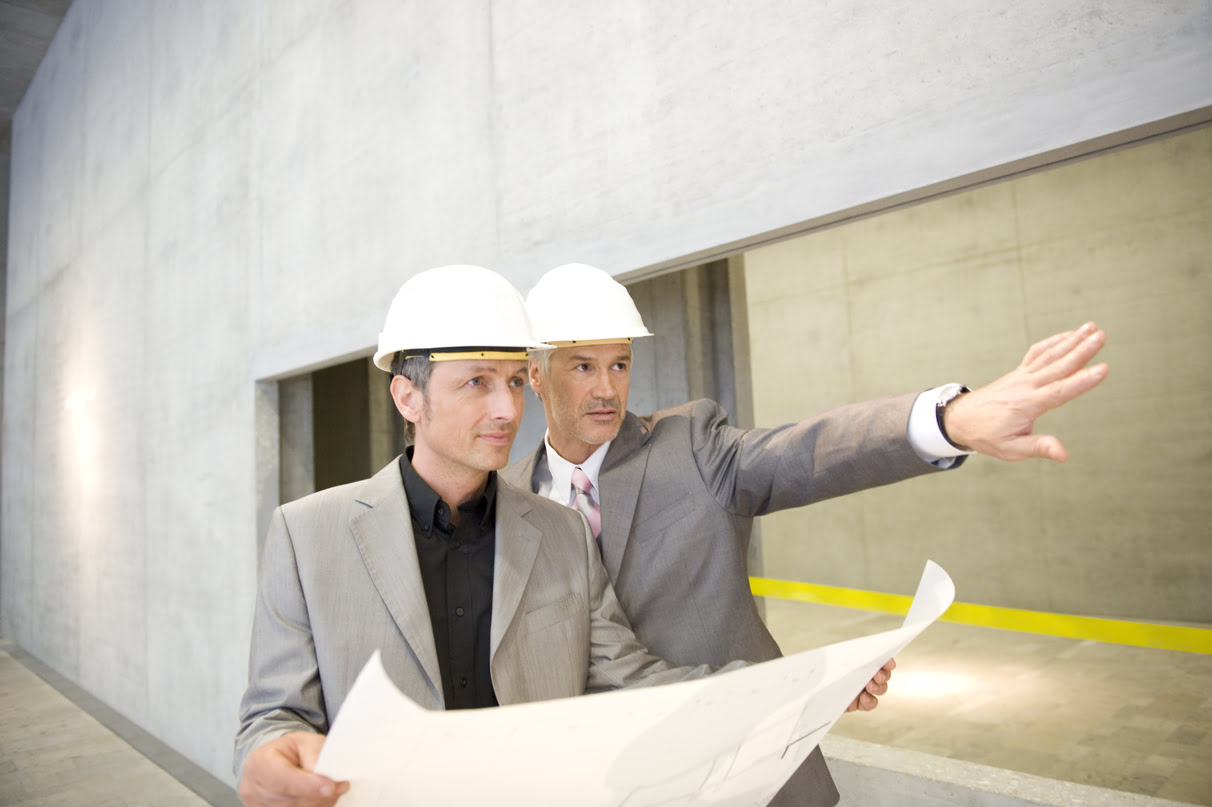

0 thoughts on “How Can Development Of Green Space In A Neighborhood Be Prevented”